Hiking the Everglades
- makehermean
- Apr 12, 2021
- 3 min read
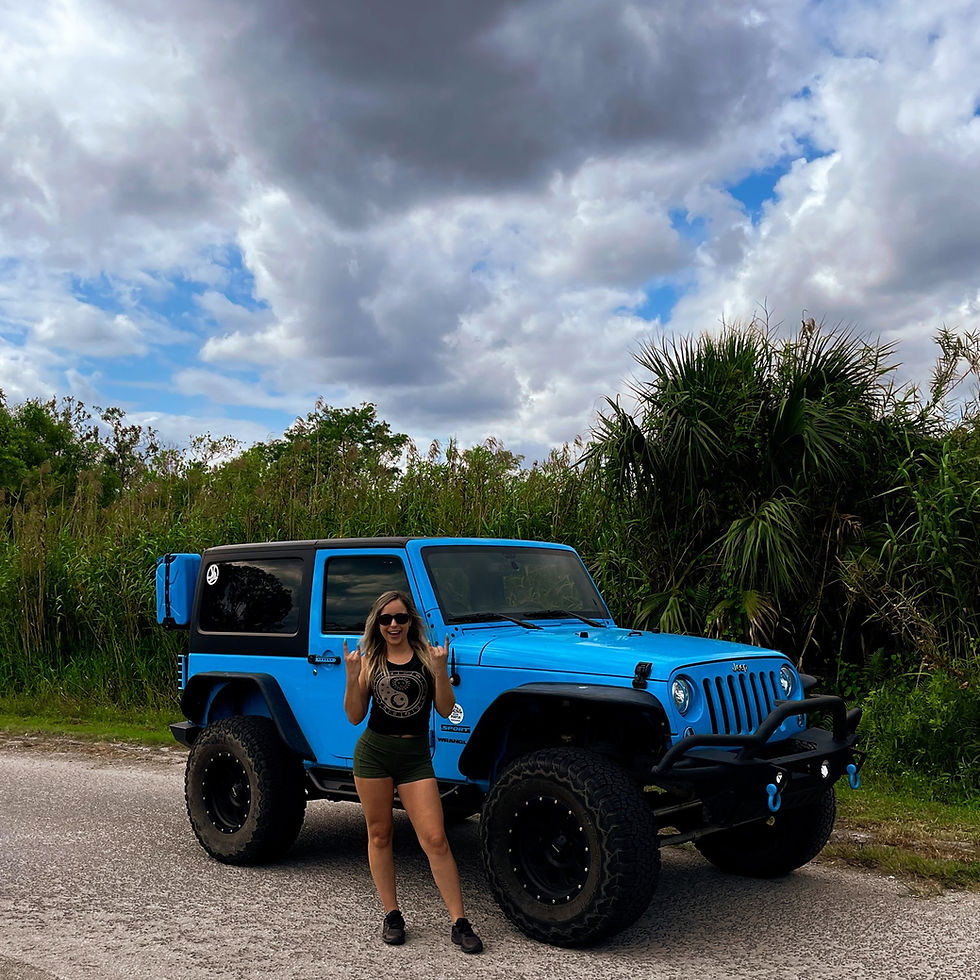
This past week my best friend and I decided to take a trip to explore the Everglades in Florida. As we hiked down every trail the national park has to offer, we were shocked at how diverse the scenery was.
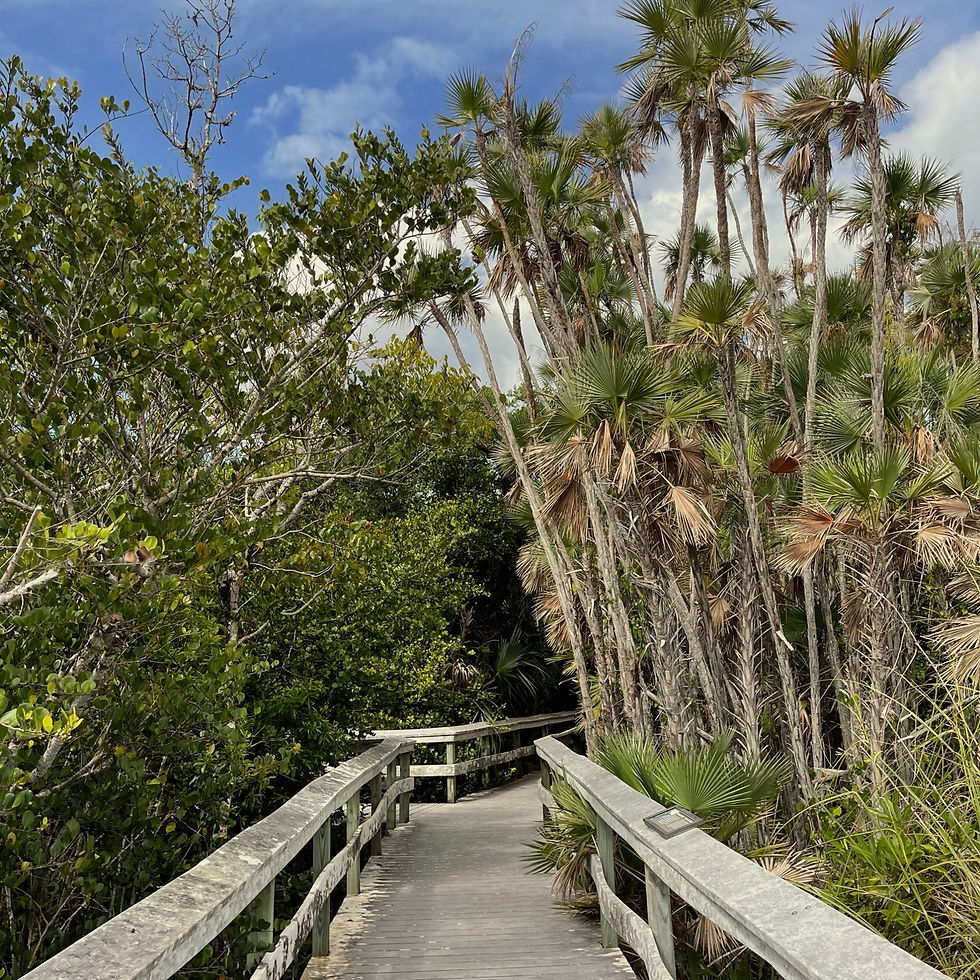
At the beginning of the park, you see tons of bees swarming around the hardwood hammocks. As we hiked further into the park, we noticed a lack of Florida's iconic spanish moss and palm trees and swarms of dragonflies, but no more bees.

Yet the further we got into the park, the more the landscape changed. We saw pine trees among palm trees, mangroves reaching along the coast, and hiked through the vast coastal prairie, which showed us just how remote the Everglades can be.
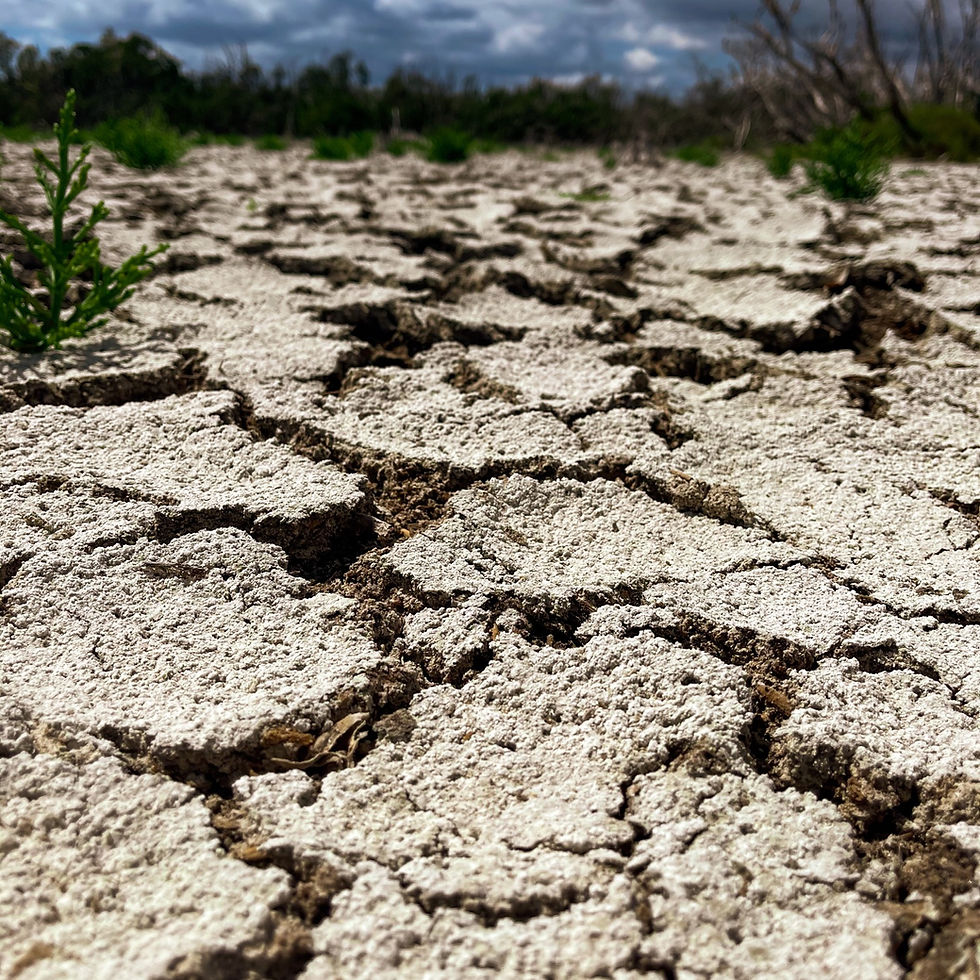
We saw the Everglades at the end of the dry season, which lasts from December through April. The dry season means less bugs, heat, and humidity, but the landscape of the park will vary due to the drastic water level changes between seasons. The wet season typically lasts from May through November, and when Florida says wet, it means WET. Expect lots of rain and be prepared for hurricanes during this time.
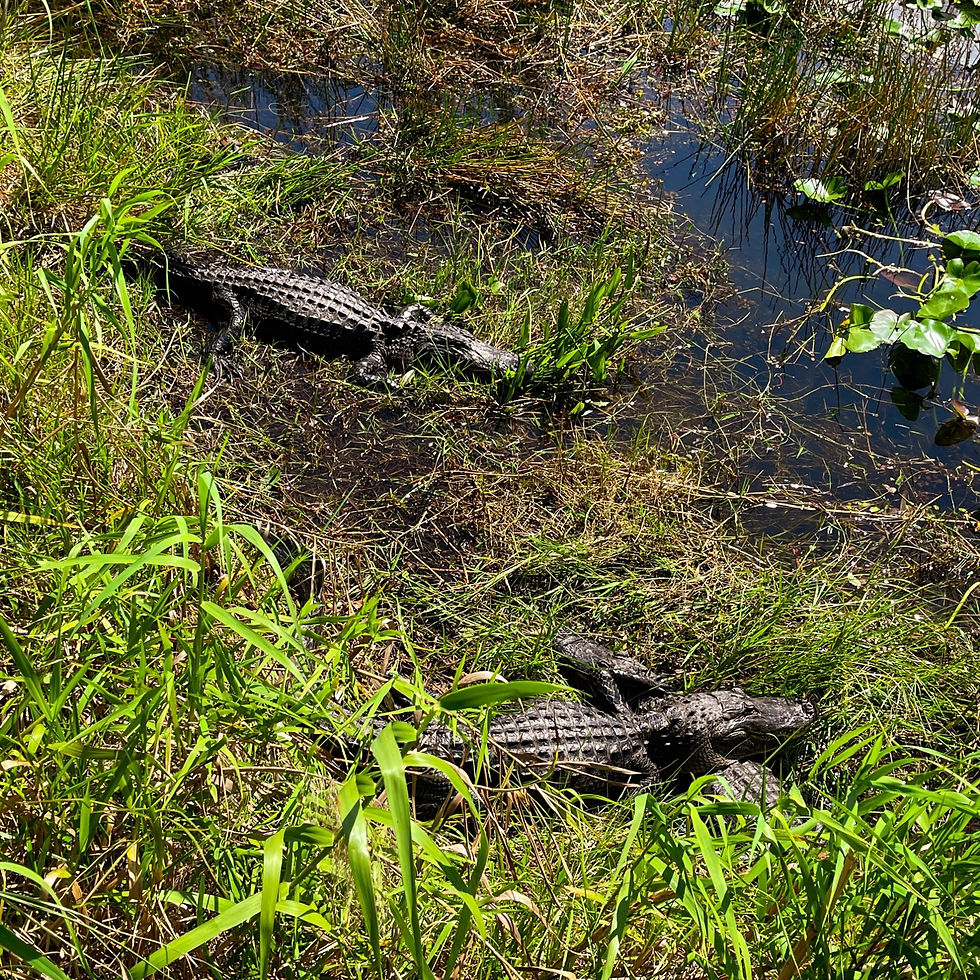
Since the invasive species of humans have claimed their stake over most of Florida, the Everglades serves as a safe place for all kinds of wildlife to call home. In fact, the Everglades is the only place in the world where the American alligator and crocodiles co-exist! You can also expect to see manatees at the marina, and tons of unique birds throughout the park. Also keep an eye out for those sneaky panthers as you explore!
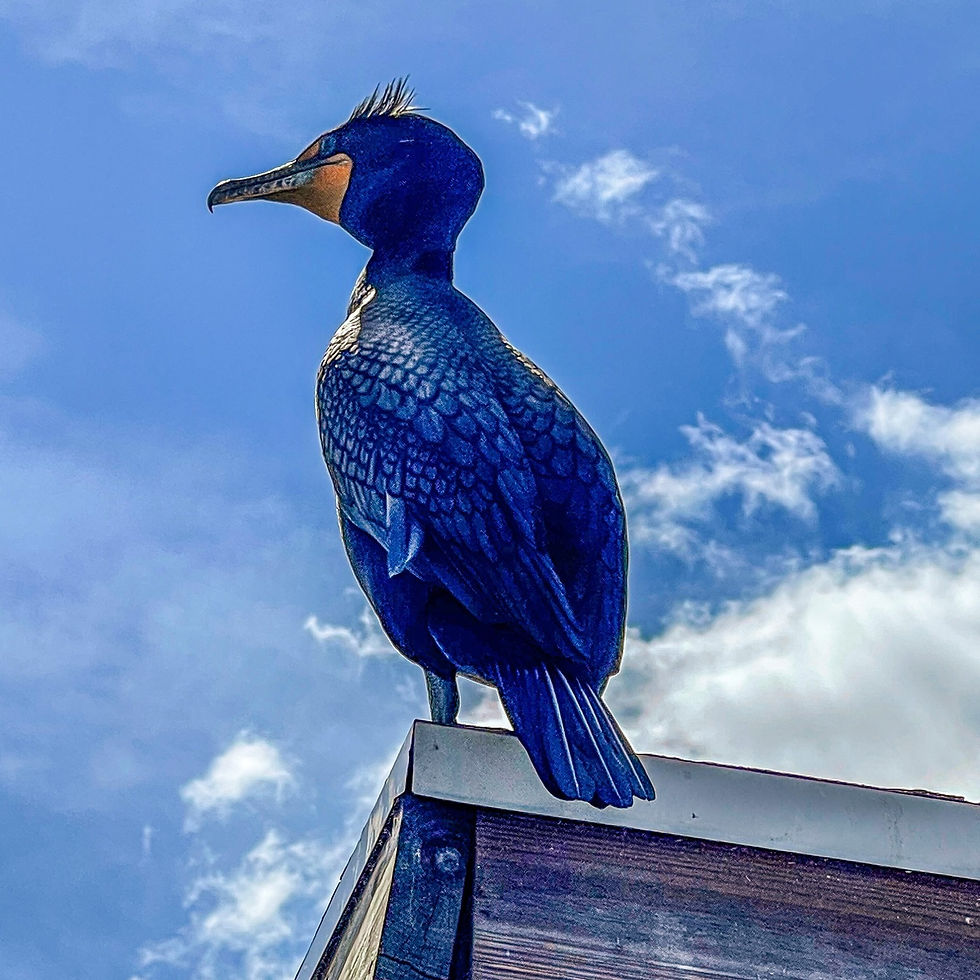
There's so much to do that you need a few days to explore the whole park. We hit about 30 miles of trails during our trip! There are shorter half mile trails at the beginning of the park and longer trails that are at least a few miles long closer to Flamingo visitor center and campground. Pets are allowed on only some of the trails and not all of the trails are regularly maintained. Check with a ranger to learn what trails they recommend based on the time of year you visit.

Although we saw construction for future lodging, with only the foundation finished as of April, it was clear there have been setbacks meaning it won't be completed by Summer 2021 as expected. However, there are some awesome campgrounds available! We stayed at the Flamingo campground and it had everything we needed. The campsite had a TON of space, and the campground had showers, toilets and even some trails you can hike right there. There is another campsite in Long Pine Key at the beginning of the park, as well as RV and glamping options.

No matter how long you stay, be sure to pack out all trash you bring with you and remember to stay on the trails. It is so important to protect the Everglades because there's really nothing like it. Back in 1880, water flowed from Lake Okeechobee down into the Everglades, but now most of that water gets diverted, causing the Everglades to shrink. Sadly, now the Everglades is half the size it used to be.
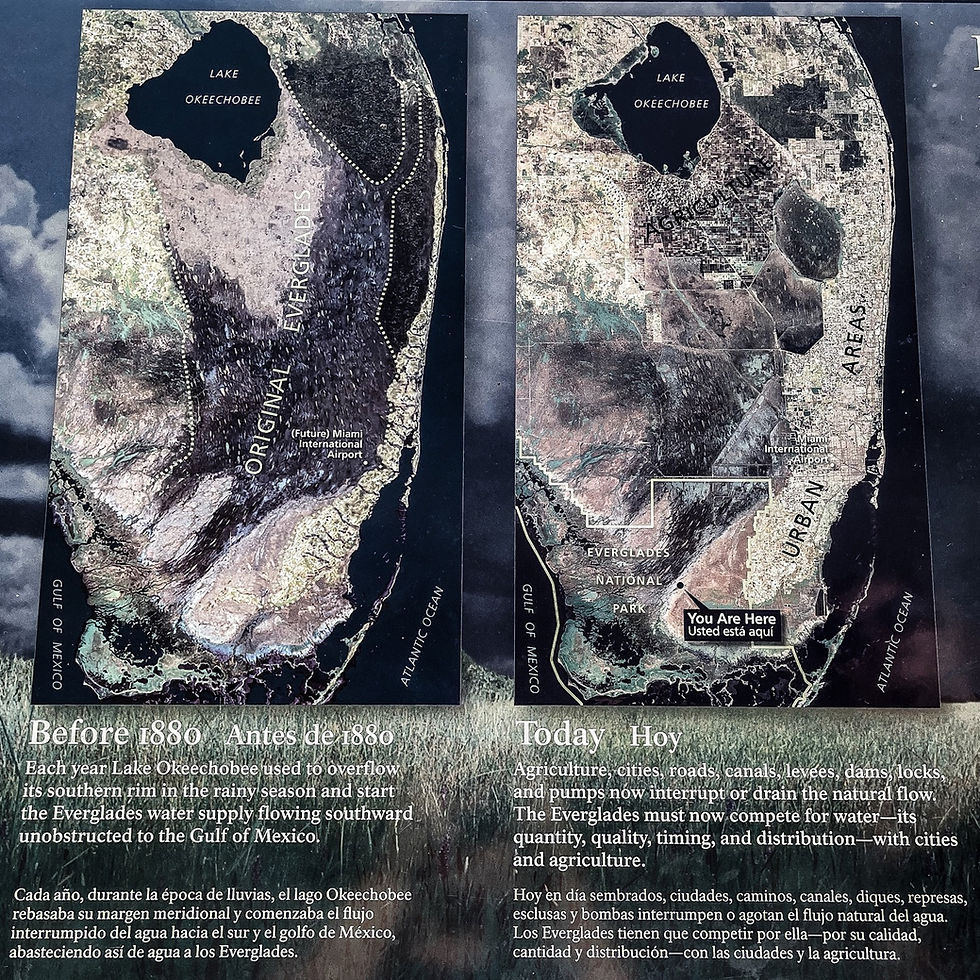
The Everglades currently stretches across 1.5 million acres and provides water for Florida residents. It is also home to dozens of endangered species, and plays a vital role in Florida's ecosystem. Although there are tons of waterways you can still explore by kayak or airboat, it's important to protect the Everglades for future generations. When you visit, be sure to soak in the scenery of this incredibly unique place!
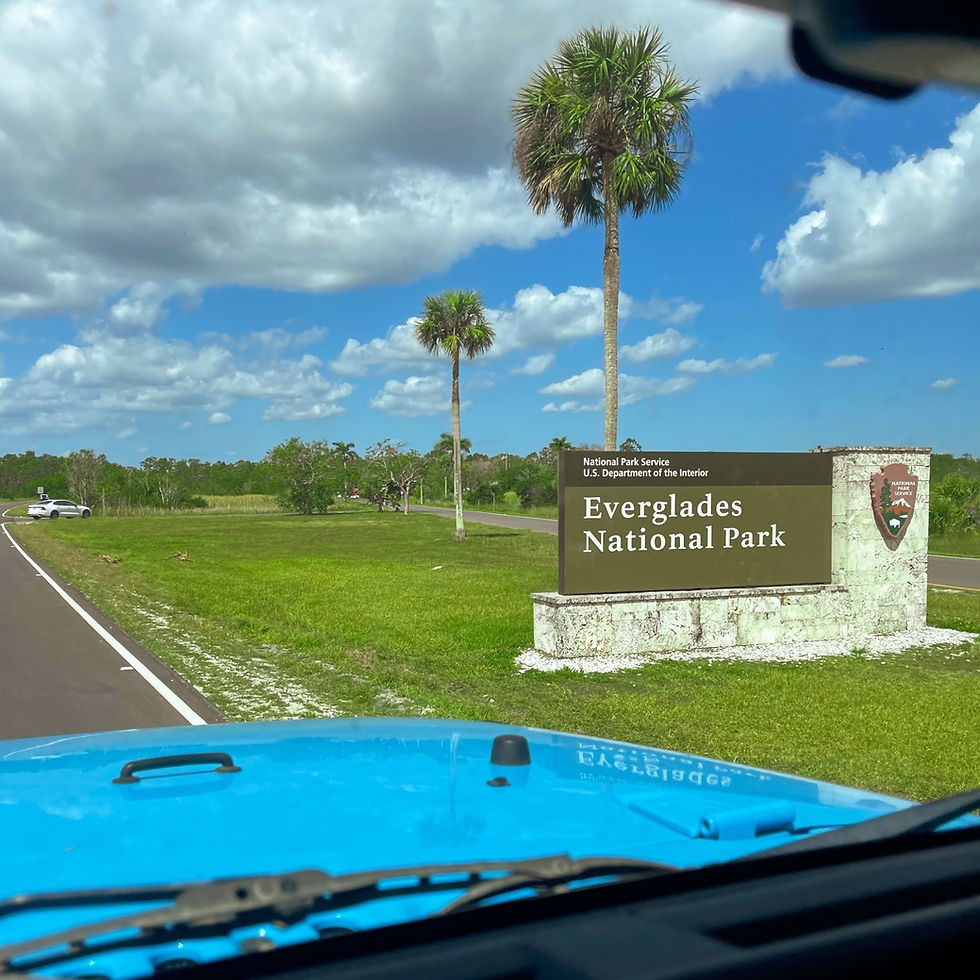









Kaiser OTC benefits provide members with discounts on over-the-counter medications, vitamins, and health essentials, promoting better health management and cost-effective wellness solutions.
Obituaries near me help you find recent death notices, providing information about funeral services, memorials, and tributes for loved ones in your area.
is traveluro legit? Many users have had mixed experiences with the platform, so it's important to read reviews and verify deals before booking.
Earlier today, the NFL released their 2021 draft hats for all 32 NFL Teams. Each draft hat can be found Okay, maybe it not so bad. The truth is Malcolm Perry T-Shirt, I haven bought a draft hat since I went to the event in Philadelphia and waited hours only to watch the Dolphins select Charles Harris. It was the worst draft hat of all time. As for this style of hat Larnel Coleman Pillow Cover, I don despise it. I used to wear trucker hats all the time when cruising around on my Shred Sled trying to be the next P. J Ladd. (He a skateboarder) But this logo is terrible. Seriously. It isn good. And in my …
Wonderful pictures and blog :) If ya ever make it out Arizona way I'd love to show you the Sedona area, or we can get adventurous and head to Moab, I know that neighborhood like the back of my hand. Sincerely -Jeff